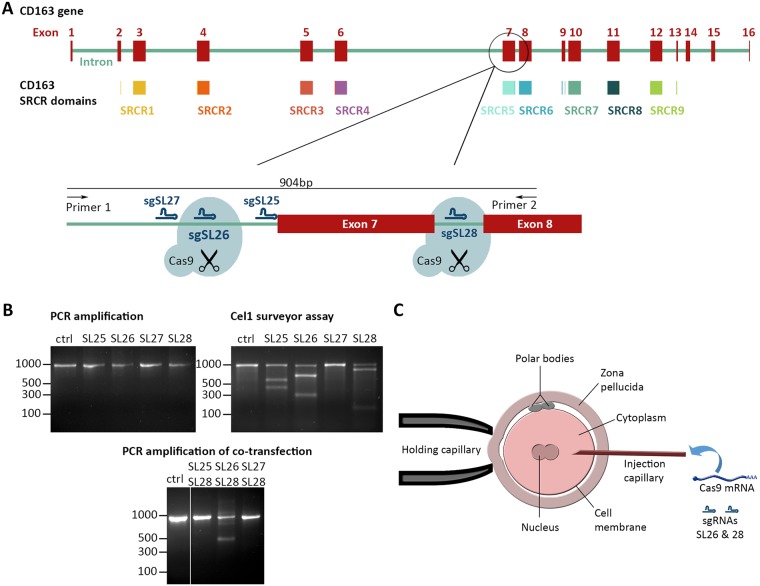Fig 1. Generation of an exon 7 deletion in CD163 using CRISPR/Cas9.
A) Schematic of the CD163 gene in the pig genome on chromosome 5. Indicated in red are the 16 exons encoding the CD163 mRNA, in varied colors underneath are the 9 scavenger receptor cysteine-rich (SRCR) domains that form the pearl on a string structure of the CD163 protein. Excision of exon 7 using two guide RNAs (sgSL26 & sgSL28) located in the flanking introns should result in SRCR 5 removal from the encoded protein. Indicated are also the locations of sgRNAs SL25 and SL27. B) In vitro assessment of guide RNAs sgSL25, sgSL26, sgSL27, and sgSL28. PK15 cells were transfected with either a single plasmid encoding a guide RNA + Cas9 or co-transfected with combination of two such plasmids. Transfected cells were identified by GFP expression and isolated by FACS. Cutting efficiency of single guide RNA transfection was assessed by a Cel1 surveyor assay. Relative efficiency of exon 7 deletion upon double transfection was assessed by PCR. C) Schematic of the Cas9/guide RNA injection into zygotes. The injection mix was injected into the cytoplasm of zygotes and contained uncapped, non-polyadenylated guide RNAs sgSL26 and sgSL28, as well as capped, polyadenylated Cas9 mRNA.

